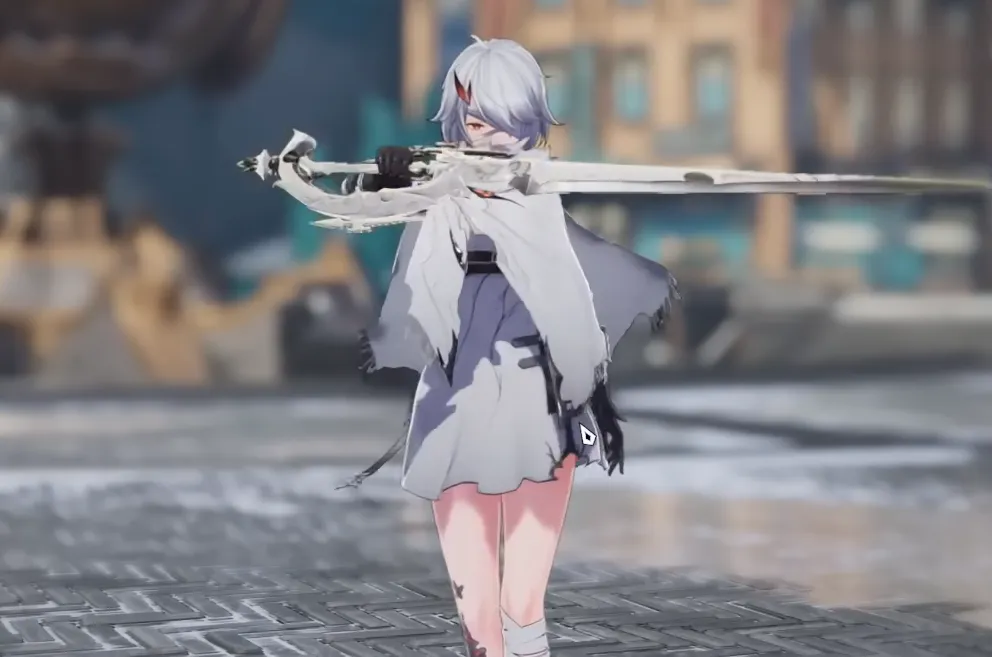Weapon proficiency in Duet Night Abyss isn’t just flavor text. It signals which weapon classes a character naturally supports and where they’ll get the most out of combo kits, weapon skills, and team roles. The game splits armaments into melee and ranged categories across 12 classes and rewards you for swapping between them mid‑fight. Melee attacks feed your energy; ranged attacks spend it. When you alternate correctly, the combat loop stays active and your damage doesn’t stall.
Weapon proficiency basics (and why it matters)
- There are 12 weapon classes spanning melee and ranged. Each class has its own timing windows, charge behaviors, and weapon skills.
- Melee generates the Phoxene energy that drives your abilities; ranged consumes it. Rotating weapons during encounters keeps skills online.
- Faction philosophies gently steer synergy: faith‑driven kits tend to pair well with elemental or radiant weapons, while tech‑forward kits typically favor mechanical or explosive tools.
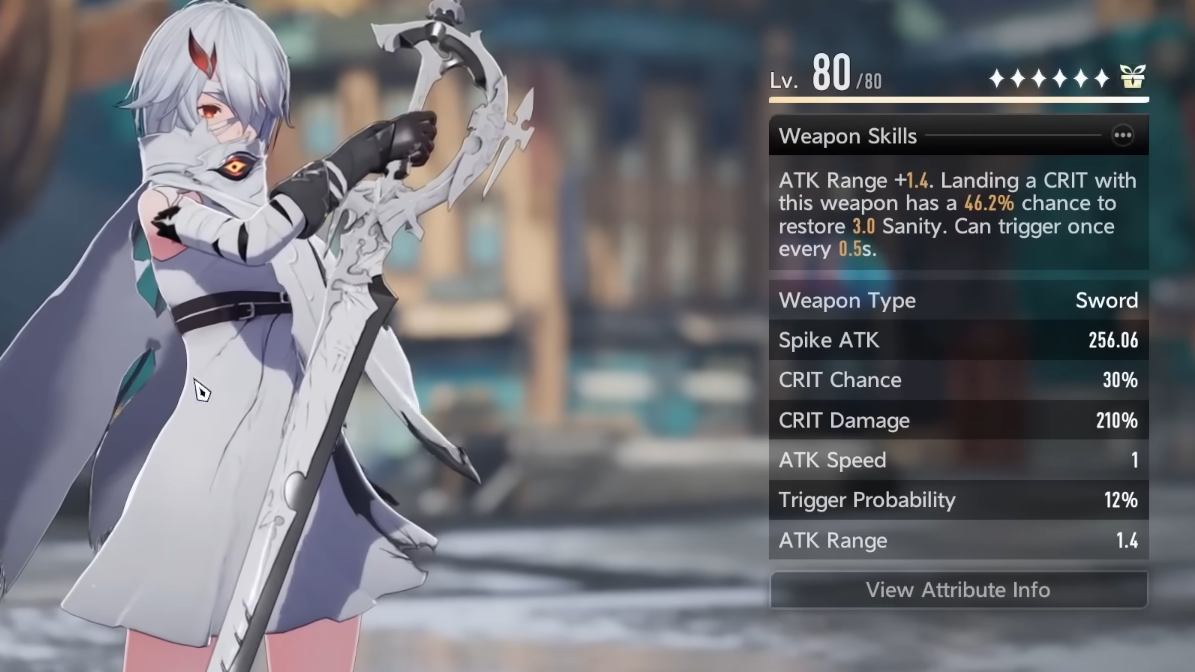
Early ranged pick: Osteobreaker vs. Screamshot
Soon after the tutorial, you choose between two starter firearms. Pick based on your spacing and comfort with aim tracking.
| Stat | Osteobreaker (Assault Rifle) | Screamshot (Shotgun) |
|---|---|---|
| Damage behavior | Deals more damage the fuller the magazine is (up to +18%) | Deals more damage the closer you are to the target (up to +18%) |
| Spike ATK | 17 | 18 |
| CRIT Chance | 23% | 20% |
| CRIT Damage | 225% | 180% |
| Mag/Max Ammo | 50 / 200 | 6 / 60 |
- Choose Osteobreaker if you prefer mid‑range uptime, steady tracking, and mag discipline.
- Choose Screamshot if you play up close and want bursty, multi‑pellet hits in tight windows.
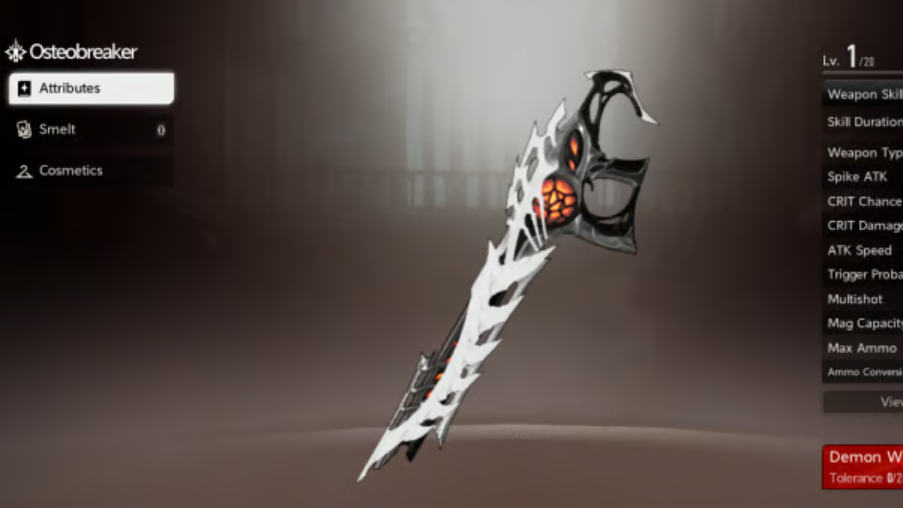
Swords proficiency: weapons and who uses them well
Swords are one‑handed melee options that cover most situations without locking you into a single niche. Their charged attack can pierce and pop enemies into the air, giving you breathing room or a setup for follow‑ups.
| Sword | ATK Type | Max ATK | CRIT | CRIT DMG | Weapon Skill (summary) |
|---|---|---|---|---|---|
| Blade Amberglow | Smash | 238.49 | 25% | 200% | Character ATK +60%. |
| Ingenious Tactics | Slash | 225.94 | 20% | 200% | DEF +50%. On Bonus Effect, 25% chance to reduce target Shield by 350% of user DEF. |
| Shackle of Lonewolf | Spike | 251.04 | 22% | 215% | Trigger Probability +75%. When a Hydro character triggers a Bonus Effect with this weapon, other allies gain +33% ATK for 6s. |
| Remanent Reminiscence | Spike | 213.39 | 30% | 210% | ATK Range +1. On CRIT, 33% chance to restore 3 Sanity (0.5s cooldown). |
| Wandering Rose | Spike | 251.04 | 23% | 210% | ATK Speed +25%. Charged Attacks have a 28% chance to reduce Resonance Support cooldown by 3s. |
| Character (sword‑proficient) | Role | Element |
|---|---|---|
| Phoxhunter | Support | Lumino |
| Randy | Support / Shielding / DEF | Electro |
| Yale and Oliver | DPS / Skill DMG | Pyro |
| Berenica | DPS / Consonance Weapon / Weapon DMG | Umbro |
| Tabethe | Support / Summon / Crowd Control | Hydro |
High‑mobility melee: whipswords and katanas
If you want speed and animation cancel windows, whipswords and katanas are the ceiling for mobility. Whipswords like Undying Oneiros excel at space control and combo routing, while katanas emphasize precision and timing. Both reward disciplined inputs and frequent weapon swapping to keep your Phoxene loop humming.
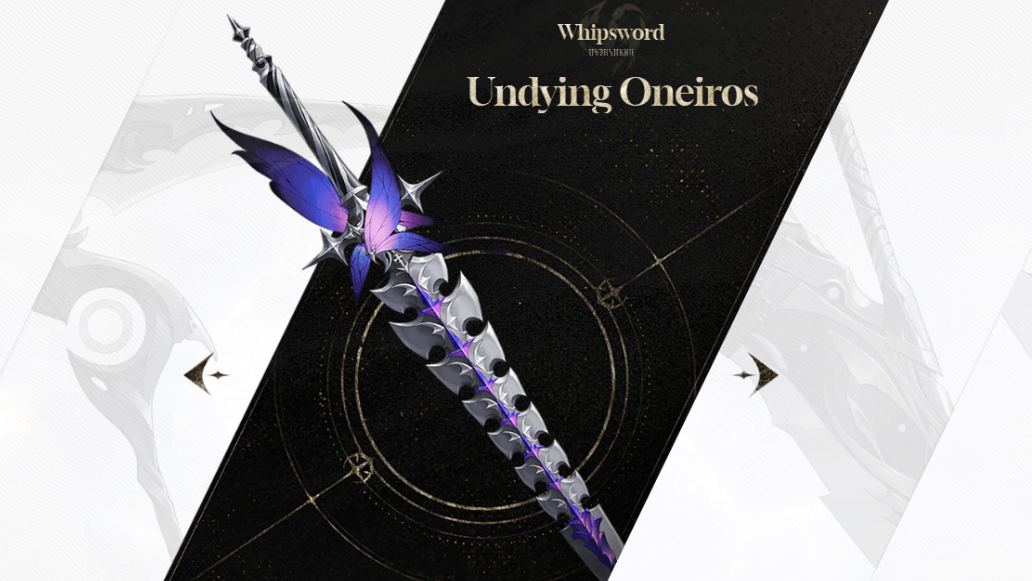
Faction‑driven synergy (what to pair and why)
- Elysian kits lean into radiant/elemental effects and support windows, so bows or other ranged options with utility procs slot in naturally.
- Hyperborean kits skew aggressive and mechanical, pairing cleanly with rifles, grenade launchers, and other explosive or precision tools.
- Unaffiliated characters and the Noctoyager duo flex well into hybrid setups that alternate melee generators and ranged spenders.
None of this is a hard lock. Mix and match based on team roles: a tanky frontline can justify a slower greatsword, while a CC‑focused support benefits from weapons that refund cooldowns or buff allies after procs.
How to get and upgrade weapons
- Forge path: Open Secret Letters (acquired with Secret Letter Clues) after Covert Commission stages for a chance at blueprints, then craft in the Armory.
- Shop path: Weapons can be purchased directly with premium currency (listed as 3280 Phoxene Plumules).
- Progression path: Certain Trial Rank milestones award weapons, like the Ironforger greatsword.
Upgrading is twofold. Raising Weapon EXP increases weapon level and raw stats. Smelting improves a weapon’s skill and requires a duplicate of that weapon to raise its smelt level.
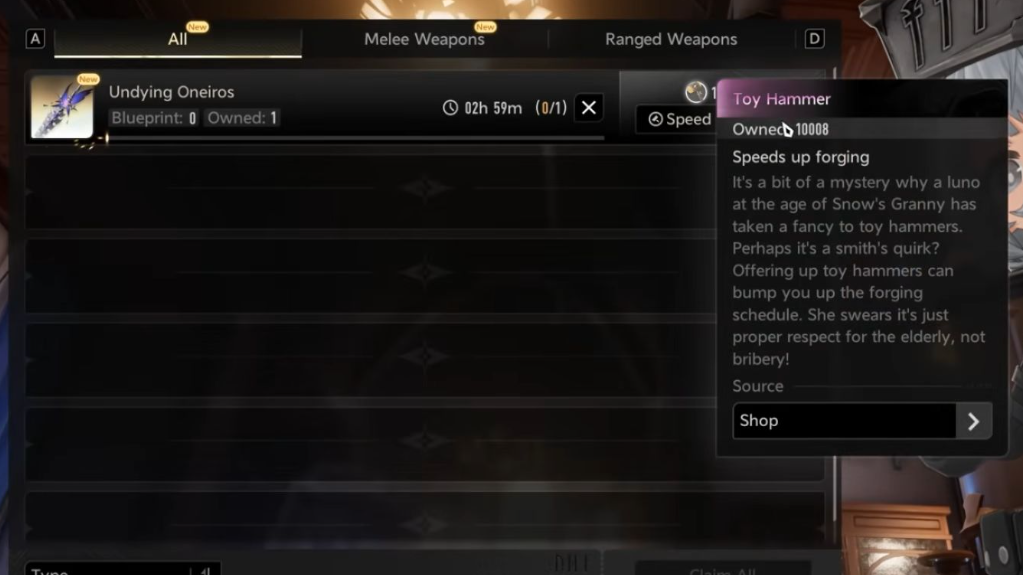
Practical melee↔ranged rhythm (energy in, damage out)
The game quietly pushes you toward a cadence: build energy with melee strings, then pivot to ranged to spend it on skills and burst windows. That’s why proficiency matters—your “comfort” weapon should be your generator, and your secondary should convert that meter into results. If you’re soloing, this loop is especially important.
- Comfort melee generators: whipsword (flexible spacing), sword (balanced), polearm (wide arcs for groups).
- Reliable ranged spenders: assault rifle (sustained mid‑range), dual pistols (mobility and ricochets), bow (precise charge shots), grenade launcher (AoE control).
Solo‑friendly pairings to try
- Berenica with a whipsword generator into rifle spenders for safe mid‑range finishes.
- Hellfire with a greatsword generator into bow or launcher for grouped targets.
- Psyche with polearm generators into pistols or bow for mobile, aerial‑leaning routing.
These pairings lean on self‑sustain, wide‑area control, or independent damage windows that don’t need constant team setup.
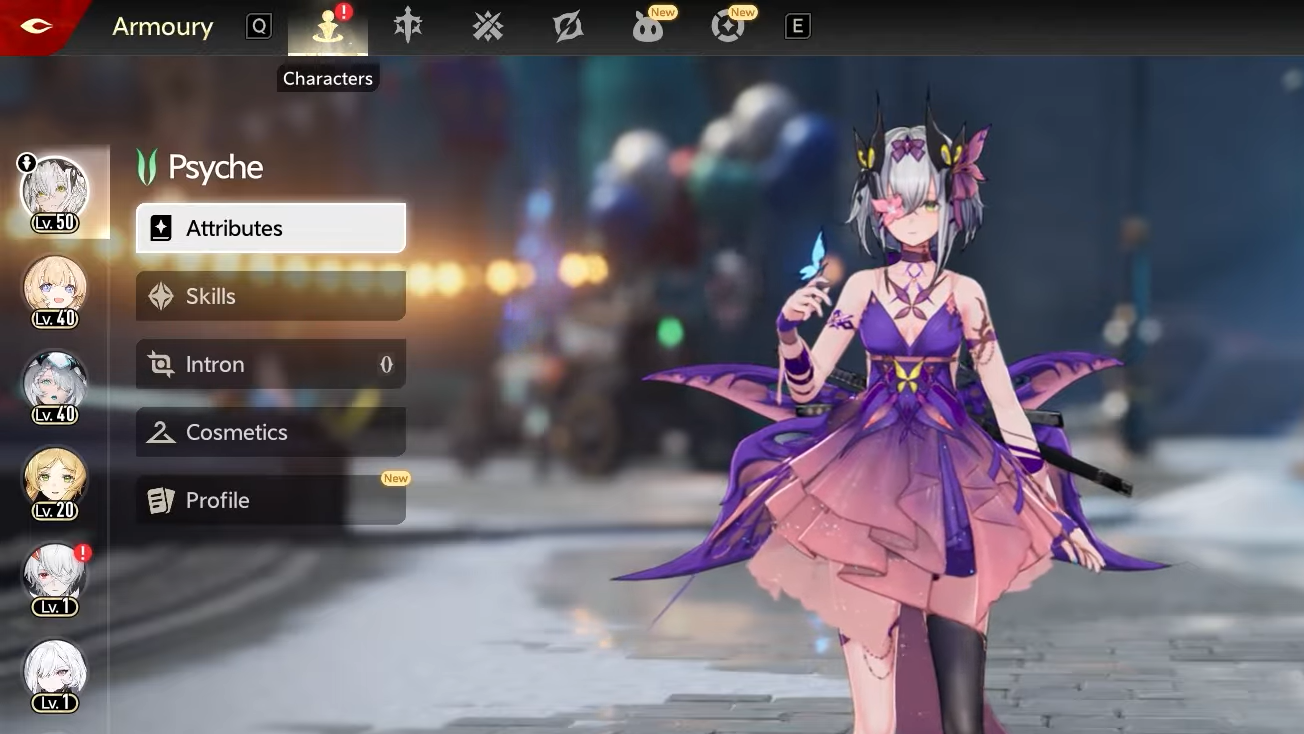
Weapon proficiency is your shortcut to a playable rhythm: pick the melee you can repeat without dropping combos, then attach a ranged spender that pays off that effort. Layer faction‑flavored skills and weapon passives on top, and you’ll land on a build that stays active, refills itself, and clears content without stalls.

